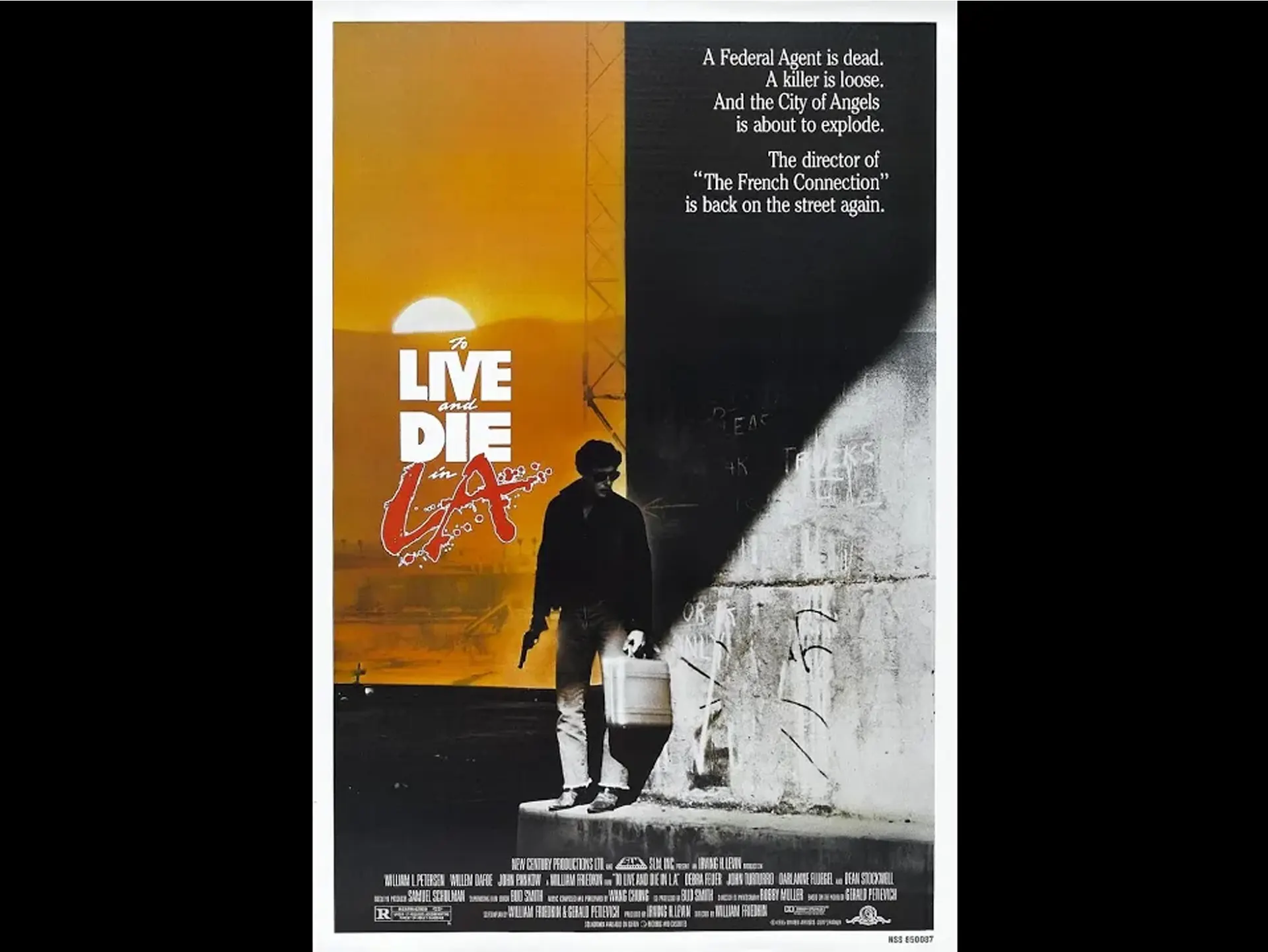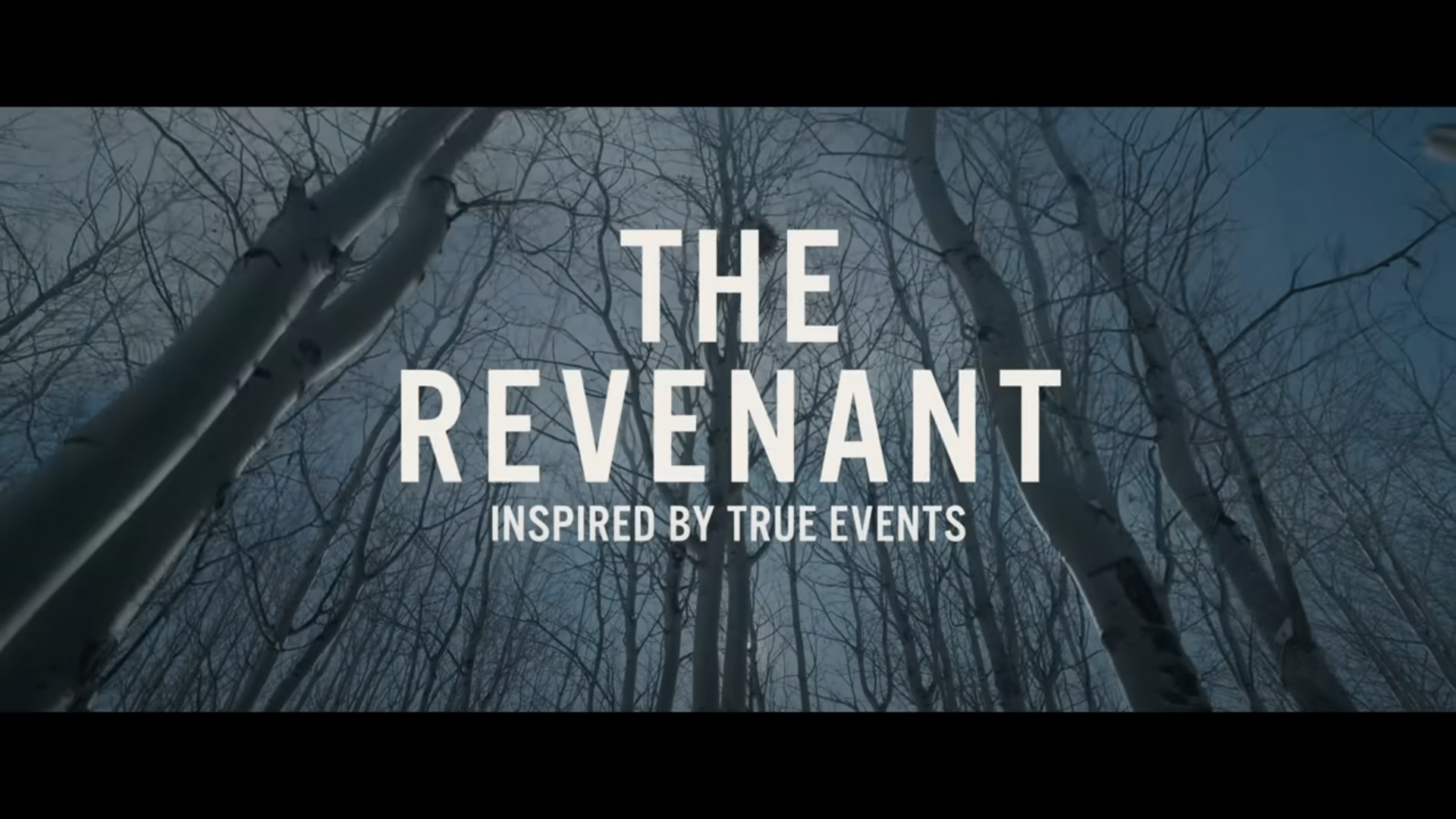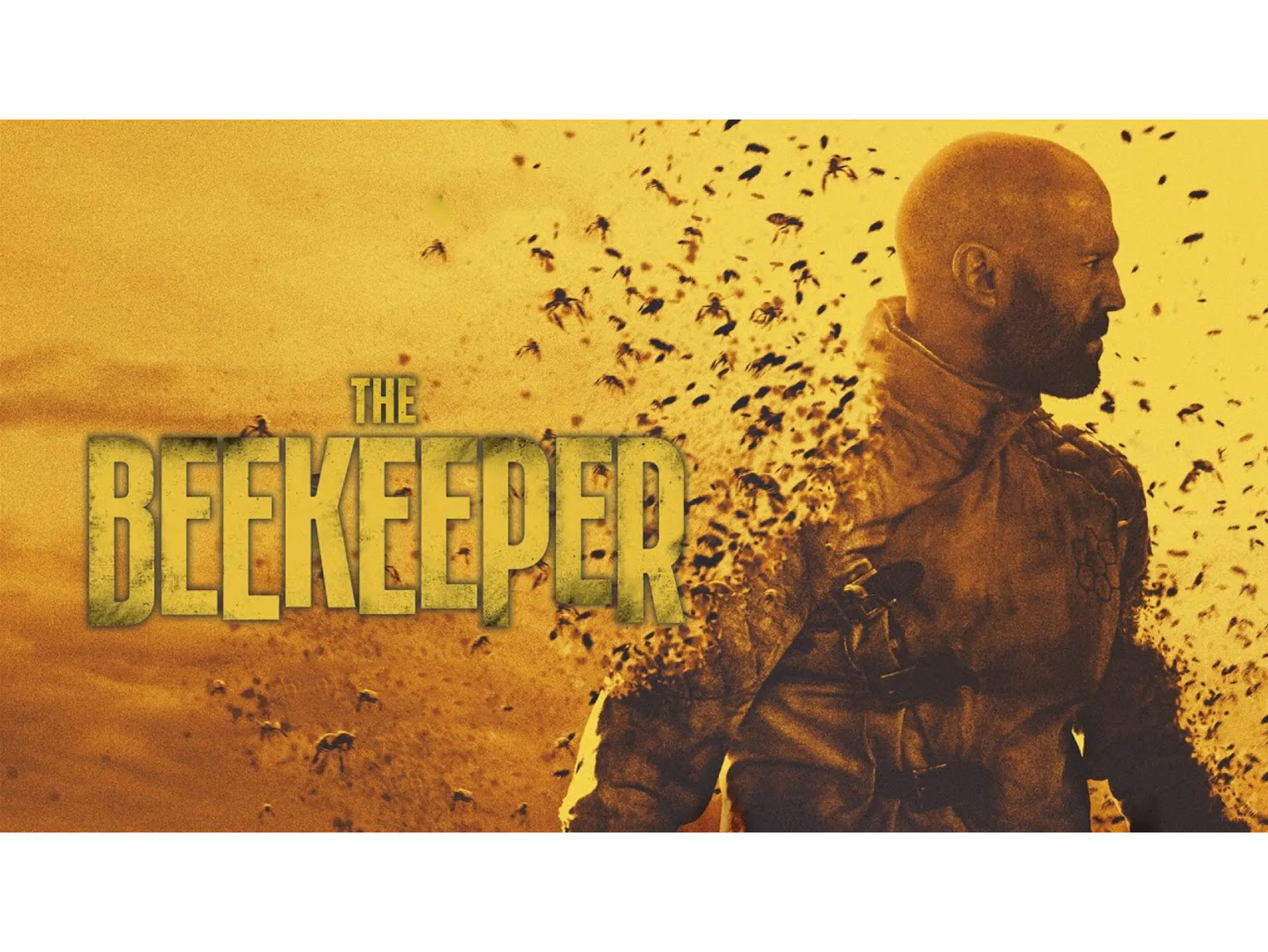In “To Live and Die in L.A.,” directed by William Friedkin, a gritty narrative unfolds that powerfully examines the thin line between morality and law enforcement. The film’s ending, packed with tension and moral ambiguity, poses significant questions about right and wrong, and the lengths one is willing to go to achieve justice. This blog delves into the intricate layers of moral complexity that the film reveals, providing insights into the characters, their choices, and the overarching themes that resonate long after the credits roll.
The Characters and Their Morality
At the heart of “To Live and Die in L.A.” are the characters of Richard Chance, a relentless Secret Service agent, and his partner, John Vukovich. Chance, played by William Petersen, is determined to arrest a dangerous counterfeiter named Rick Master, portrayed chillingly by Willem Dafoe. As the story unfolds, we are drawn into a world of moral dilemmas, where each character exhibits a unique relationship with law, justice, and ethical boundaries.
Chance’s character embodies the archetype of the “ends justify the means.” His obsession with capturing Master leads him down a dark path where illegal actions become a norm. This relentless pursuit highlights a crucial aspect of morality: the impact of intention versus action. While Chance’s goal is ostensibly noble—bringing a criminal to justice—his methods raise serious ethical questions. In his dogged determination, Chance demonstrates how easily good intentions can slip into moral corruption.
Vukovich, on the other hand, represents a more conflicted moral compass. Initially, he is more hesitant to cross legal lines and often challenges Chance’s reckless approach. However, as their journey escalates, Vukovich finds himself increasingly influenced by Chance’s fervor, prompting viewers to consider the consequences of peer pressure and loyalty. This moral dilution serves as a reflection of societal pressures, where individuals may compromise their beliefs to align with those around them.
The Role of Law Enforcement
The film offers an unflinching look at law enforcement and its complexities. Through Chance and Vukovich, we see how the pursuit of justice can cloud moral judgment and push individuals to adopt unethical practices. The portrayal of law enforcement in “To Live and Die in L.A.” does not romanticize the badge; instead, it exposes the fallibility of those who wield power in the name of justice.
Friedkin challenges the viewer to question the integrity of the systems and institutions on which society relies. As Chance and Vukovich navigate a world rife with corruption, manipulation, and betrayal, the film suggests that those who are sworn to protect often become blind to their own moral failings. This perspective is particularly resonant today, as discussions around police ethics and accountability remain at the forefront of public discourse.
Moreover, the film’s emphasis on the blurred lines between law enforcement and criminality reveals the complexity of morality in high-stakes situations, suggesting that when faced with extreme circumstances, even those dedicated to upholding the law can become morally compromised.
The Consequences of Actions
The film’s climax serves as a powerful reminder of the consequences that arise from moral choices. Chance’s quest for revenge against Master culminates in a harrowing confrontation that challenges the idea of justice itself. As Chance’s actions become increasingly ruthless, the narrative compels viewers to reflect on the ramifications of pursuing vengeance at any cost.
In achieving his goal, Chance loses his life, which raises significant questions: Was it worth it? Did he bring true justice, or did he only perpetuate a cycle of violence and moral decay? The ending leaves spectators grappling with the tormenting reality that in his fervor to defeat evil, Chance himself became almost indistinguishable from it.
This cycle poses a critical reflection on the human condition—it raises the question of whether the end result can truly justify the means when those means corrupt the soul. The film suggests that pursuing justice, when tainted by immoral actions, can ultimately lead to catastrophic outcomes.
The Concept of Justice
“To Live and Die in L.A.” presents a convoluted narrative of justice that questions traditional notions of right and wrong. Through the film’s progression, justice is depicted not as an absolute, but rather as a subjective concept influenced by personal motives, societal norms, and individual circumstances.
Chance believes he is the harbinger of justice as he pursues Master, yet his journey exposes him as a fallible human, driven by obsession rather than a genuine desire for righteousness. As the narrative evolves, viewers are encouraged to consider the complications inherent in the pursuit of justice. When morality is compromised, is it justice that prevails, or is it merely a quest for revenge?
The film ultimately conveys that justice can’t be achieved through unethical means. The cyclical nature of vengeance leads to an endless loop of moral transgressions that impacts all involved. Therefore, the concept of justice portrayed in the film becomes ambiguous, suggesting that true justice is often an unattainable ideal tainted by human fallibility.
Moral Ambiguity and Its Implications
The film thrives on moral ambiguity, allowing the audience to grapple with conflicting emotions throughout. Chance’s determination is commendable at first glance; however, as the narrative develops, moral dilemmas arise that force viewers to question where they stand. Is it acceptable to break the law to uphold the law? How far is one willing to go to achieve what they believe is justice?
Friedkin crafts a narrative that does not provide easy answers. Instead, it reflects the complexities and imperfections of human nature. Audiences may find themselves empathizing with Chance’s plight while simultaneously condemning his actions, revealing the intricacies of moral judgment.
This moral ambiguity serves as a mirror to society, encouraging self-reflection. In facing challenging situations, how often do we find ourselves struggling between right and wrong? The film invites contemplation about the moral choices we make daily and the impact they have on our lives and those around us.
The Role of Symbolism
Throughout “To Live and Die in L.A.,” symbolism enhances the narrative’s exploration of morality. The sun-drenched Los Angeles setting represents the dream of success and wealth, juxtaposed with the darkness of crime and betrayal lurking beneath the surface. This contrast illustrates the duality of human nature—the struggle between the pursuit of ideals and the realities of human behavior.
Another compelling symbol is the counterfeiting ring, which serves as a metaphor for deception and the fragility of truth. Just as counterfeit money is a perversion of value, the characters’ moral compromises reveal how easily integrity can be falsified. The film’s intricate visual symbolism reinforces the idea that appearances can be deceptive and that beneath the sheen of civilization often lies a more sinister truth.
Conclusion
In conclusion, the ending of “To Live and Die in L.A.” profoundly reveals the complexities of morality through its characters, themes, and symbolism. It challenges viewers to contemplate the meaning of justice and the potential for moral degradation in the pursuit of righteousness. The film exemplifies a world where the lines between good and evil are blurred, urging the audience to reflect on their own moral beliefs and the implications of their choices.
The narrative encourages deep introspection and compassionate understanding of the human experience, highlighting the nuanced nature of morality in a world often fraught with ethical dilemmas. As we navigate the complexities of our lives, we are reminded that our actions shape not only our destinies but also the fabric of society.
FAQs
1. What are the main themes of “To Live and Die in L.A.”?
The film explores themes such as morality, the nature of justice, the complexities of law enforcement, and the consequences of one’s actions. It delves into the blurred lines between good and evil, highlighting the moral ambiguities individuals face.
2. How does the film portray law enforcement?
The film offers a realistic view of law enforcement, showcasing the potential for corruption and ethical dilemmas faced by officers. It reveals the struggles between duty and personal morality while depicting the harsh realities of the criminal justice system.
3. What is the significance of the film’s ending?
The ending serves as a powerful climax that raises critical questions about the nature of justice, revenge, and the consequences of moral compromises. It highlights how individuals can become morally compromised in their quest for justice and the tragic outcomes that can follow.
4. How does symbolism enhance the narrative?
Symbolism in the film, such as the sun-drenched setting and the counterfeiting motif, deepens the exploration of morality. It emphasizes the duality of human nature and the deceptive nature of appearances, reinforcing the film’s central themes.
5. Why is moral ambiguity important in storytelling?
Moral ambiguity allows for richer character development and more relatable narratives. It challenges audiences to reflect on their perspectives of right and wrong, fostering deeper engagement with the story and prompting critical thinking about real-world ethical dilemmas.



